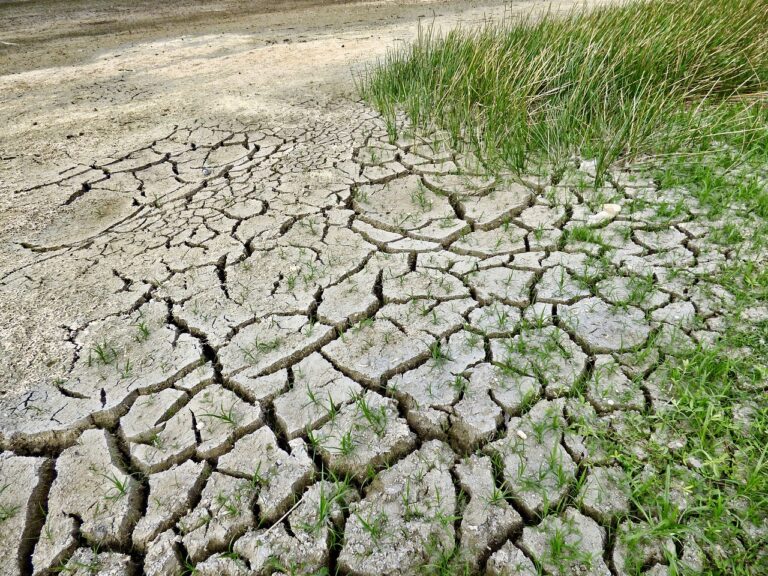An estimated 111 million people are better protected against climate-related hazards thanks to early warning systems put in place in 2022 by the Climate Risk Early Warning Systems (CREWS) initiative.
An additional 282 million people in least developed countries (LDCs) and small island developing states (SIDS) should be covered by better weather and climate services in the next few years, according to the CREWS 2022 Annual Report.
CREWS is a key contributor to the international Early Warnings for All initiative spearheaded by UN secretary-general, Antonio Guterres, who wants the whole world to be covered by an early warning system by 2027.
Prof. Petteri Taalas, secretary-general of the World Meteorological Organization (WMO), which is an implementing partner of CREWS, said, “The CREWS initiative is key to the success of Early Warnings for All because it embodies a people-centered approach that prioritizes community engagement and helps transform and enhance meteorological and warning services, human capacities and last-mile action. WMO is committed to increasing resilience and climate adaptation through CREWS and to improving global basic weather and climate information through the Systematic Observations Financing Facility (SOFF).”
Early warning systems are a proven way to protect lives and livelihoods in the face of climate hazards, which are responsible for 90% of extreme events and are increasing as a direct result of climate change.
Since its inception in 2015, the CREWS Trust Fund has received US$105.6m for tailored country-driven projects. People are at the heart of its work, by engaging communities and local organizations to find the right early warning solutions together and build resilience.
Since 2021, there has been a 36% increase in CREWS’ trust fund contributions. An additional US$155m is needed to meet operational support demand up to 2025.
Most CREWS projects are in Africa, where the extension of sand and dust forecasts to six additional countries in 2022 enabled 90 million more people to reduce their risk. Fifteen countries in Central and West Africa now have better access to standardized early warning information through improved cell-phone technology and alerting practices. Many African national institutions and communities are adopting and building on CREWS investments.
Risk is also exacerbated by other drivers such as inequality and conflict. Twenty-three of the countries supported by CREWS are affected by conflict or fragility, including Haiti, which is one of the 30 countries identified to start receiving assistance under the EW4All initiative. Across the Pacific, an area of focus for EW4All due to its exposure to some of the world’s most extreme climate-related events, just over one million additional people are now protected – just under half of its population.
Another of the 30 countries, Niger, received assistance for flash-flood guidance covering 12 million people; 9.5 million people in Papua New Guinea are now covered by advisory services for drought, ahead of a stronger-than-usual predicted El Nino season.
For more on early warning systems, please click here.



